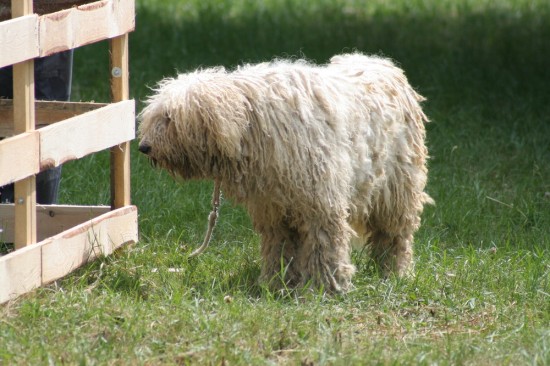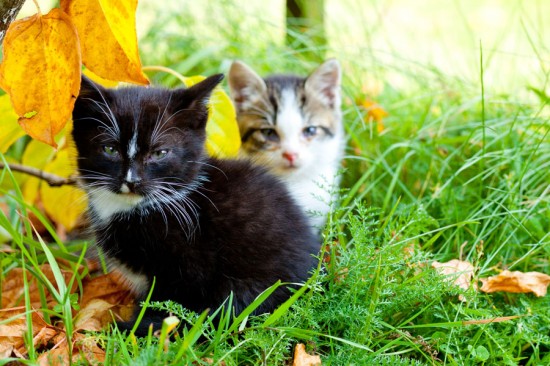
Keeping backyard chickens can be very easy and rewarding, however there are common mistakes that if not avoided, can be aggrevating plus cost time and money. My wife and I have kept "ladies" for years and we'd like to share from our experience.
1. Chicken Type (Quantity, Age and Gender) -- Hens will lay about 5 eggs per week, but only at peak times. Many first timers start out with 2-3 hens because of costs and the myth that "hens lay an egg a day, every day" or worse they get a mix of baby chicks and roosters. If your main interest is fresh healthy eggs, Roosters and baby chicks are a waste of feed and time. Hens lay eggs regardless of a rooster to fertilize them and chicks will not lay eggs for 4-6 months (If they survive this vulnerable stage). So, if you want eggs ASAP, the best bang for your buck is to get hens that have just started laying eggs and consequently that's the way most are sold due to demand. There are several reasons why hens stop laying eggs and because of this 2-3 hens may not be enough to keep up with your egg usage. They aren't machines, they're live breathing animals. Here are some reasons they're egg production may be reduced;
a. Molting -- Molting is a natural process whereas the chicken will replace its feathers and get a needed rest from egg production. This generally happens during the fall and can last up to 6 months. Egg production can stop completely for the first few weeks' then taper back up. Molting is naturally started by shorter days and stress. This is why it's not such a good idea to provide artificial light in the coop and if there's no stress, you might have to remove their feed for a week or two to induce a healthy molt.
b. Brooding -- Hens natural tendency to brood, which means to sit on for days and hatch the eggs, is usually triggered by several uncollected eggs. During this time she will stop laying eggs. The remedy for this is to gather eggs more frequently and in some cases, do not allow the brooder hen access to the nesting boxes.
c. Age -- Hens have their best egg production at 2-3 years old. At that time production starts to tapers off, sometimes continuing to decrease for 6-8 years until egg production ceases altogether. Other reasons for reduced egg production are a result of mistakes beginning keepers make, read on.
The newbie chicken keeper (getting in it for the eggs especially) should start with 6 laying hens minimum. It sure is embarrassing having to buy old less nutritious eggs from the grocer when people know you have chickens.
2. Food and Water -- Chickens must have access to healthy and clean food. A good mix of scratch (protein grain) and laying pellets (chicken veggies) is a must. Table scraps are a treat they love, but not all scraps are good (too lengthy of a topic for this report). Contrary to what some believe, chickens are NOT vegetarians. They do like meat and if allowed to free range, they will eat lots of bugs. If the feeder and water dispensers are too small for all the chickens to partake without bullying, some may not get enough. If the water dispenser is continuing to get soiled, elevate it up to the height of the chickens back. If the food is being spilled on the ground and soiled, get the one with the dividers to cut down on the spillage and raise it to the proper height as well. Calcium may be lacking if your chickens do not get access to free range where it's available. Access to Oyster shell (available at feed store) can provide needed calcium and many other benefits as well.
3. Ventilation -- Chickens CAN NOT handle too much heat and can actually die from it. For this reason they need maximum ventilation. They do not have lungs like we do and are susceptible to airborne diseases. Providing a LOT of ventilation safeguards against heat stroke and lung disease. As long as the top of the coop is covered there's no need to enclose the rest with anything besides wire to keep predators out. You can easily add plastic to the predominate wind side and add loose hay for them during sub-freezing weather.
4. Nesting Boxes --
a. Not enough nesting boxes for the number of chickens. There should be a nesting box for every (4) chickens, so (12) chickens requires (3) nesting boxes.
b. Wrong size. Each nesting box should be about 12" square and about 14-18" high. If it's too small they won't lay there and if it's too big they'll stay there too long or even roost there and soil the nest.
c. Wrong Mounting Height - The nesting boxes should be at least 18" off the ground but MUST be below the roosts to encourage the use of the roosts in lieu of the nesting box for nighttime.
d. Top - The top of the nesting boxes should be sloped so chickens do not stand or roost on top, soiling it and risking the danger of a leg or foot injury if they suddenly jump down to the ground.
e. Ledge or Perch - There should be a ledge or perch in the form of a board or a branch in front of the nesting boxes to facilitate entry and exit.
5. Predators -- Not taking predators very seriously is a MAJOR mistake. Once a raccoon or fox get in, they can wipe out a whole flock of good laying hens. This is very disturbing for children and can easily be avoided by doing it right the first time. One of the best defenses against predators is a double layer method of chicken wire (aka poultry netting) WITH (2x4 grid) welded wire fencing on top of it. A 100% perimeter apron that extends out 2ft beyond the coop, buried with soil and vegetation completes your defense. Use the child proof safety latches. Some predators are smart enough to unlatch gate latches.
6. Roosts -- Providing roosts at the wrong heights or not at all are the two most common mistakes newbies make regarding roosts. Roosts should be at least 24" off the ground and higher than the nesting boxes. A simple chicken ladder will give them access to the roosts. There should be 10-12" of roosts length per bird. Lots of controversy surrounds the best type of roost, but roosts made of tree branches, lumber (1x4, 2x2, 2x4's, etc.) or broom sticks all seem to work just fine with no ill effects on chickens.
7. Coop-- Lots of newbie chicken keepers start with too small of a coop. Without enough room, the chickens will get aggressive towards each other sometimes to the point of cannibalism. The size of the coop should be 6 square feet per bird, so 6 chickens would require 36 square feet of coop. All untreated wood surfaces should be coated with a non-toxic paint to prevent mites and preserve the wood for structural longevity. Even though cedar doesn't pose much of a threat to chickens, cedar shavings have been proven to cause respiratory issues due to the toxicity of the aromatic hydrocarbons (phenols) and acids.
Benefits of Keeping Chickens:
1. Healthy Eggs
2. Pest and weed control
3. Space
4. Very cost effective
5. Great Fertilizer
6. Safe around children
7. Great start in keeping animals
8. Easy & Rewarding
 Do You Know Why Your Dog Does Certain Weird Things?
Do You Know Why Y
Do You Know Why Your Dog Does Certain Weird Things?
Do You Know Why Y
 The Amazing Komondor Dog - Hungarian Sheepdog
The Amazing Komon
The Amazing Komondor Dog - Hungarian Sheepdog
The Amazing Komon
 How To Get Rid Of Fleas On Kittens
If you are seeing fleas on your kitten, its very importa
How To Get Rid Of Fleas On Kittens
If you are seeing fleas on your kitten, its very importa
 Grape And Raisin Poisoning And Toxicity In Dogs
Grape And Raisin
Grape And Raisin Poisoning And Toxicity In Dogs
Grape And Raisin
 What To Do If You Find A Stray Kitten
What To Do If You
What To Do If You Find A Stray Kitten
What To Do If You
Copyright © 2005-2016 Pet Information All Rights Reserved
Contact us: www162date@outlook.com